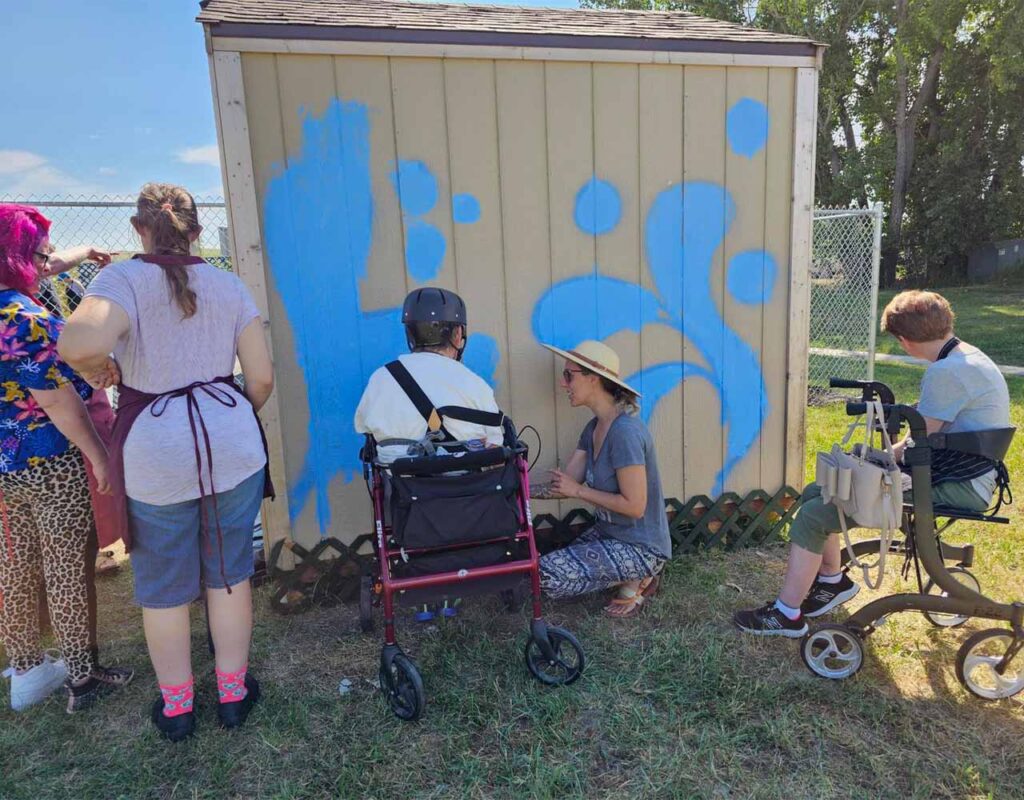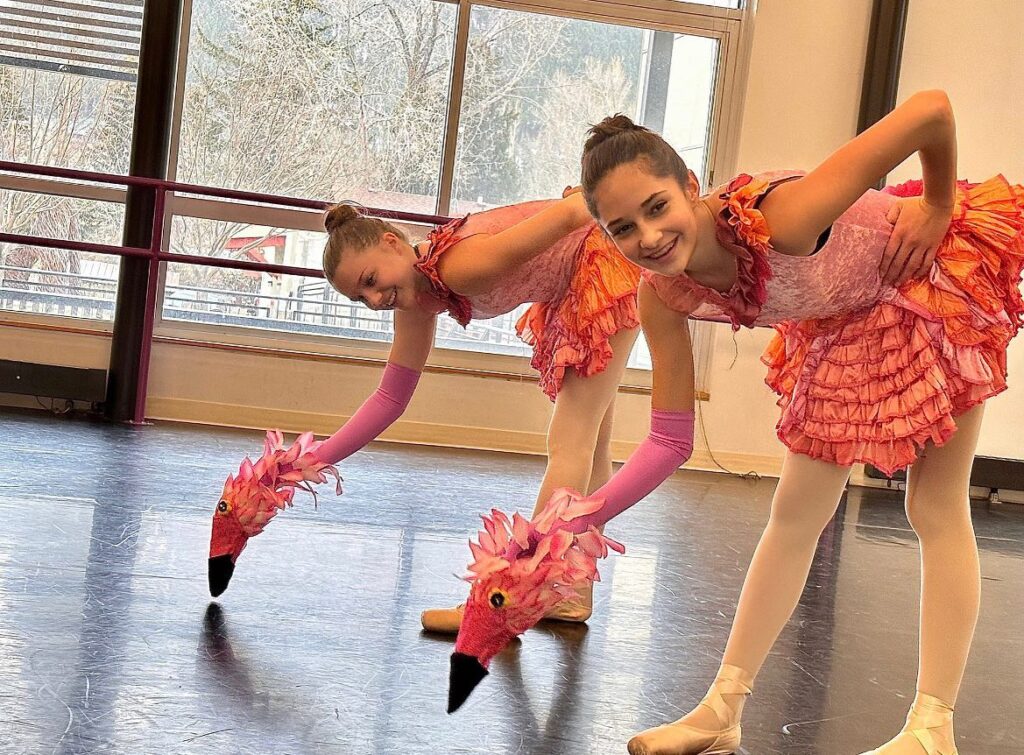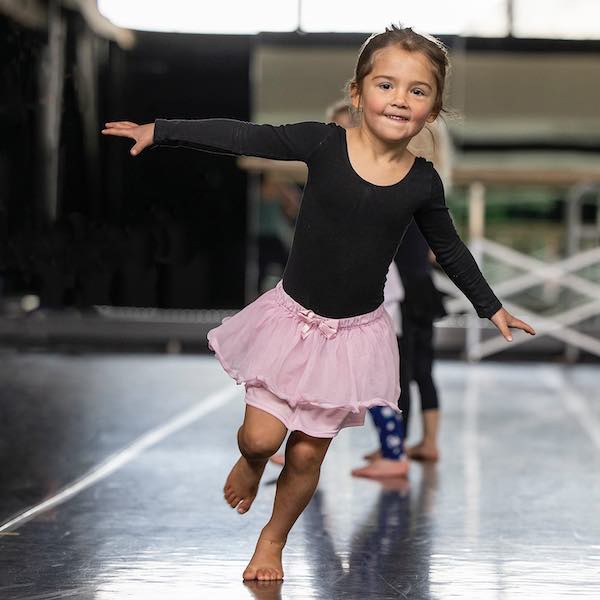Development of a Complete Mind: The Role of Art in Learning and Education
Principles for the Development of a Complete Mind: Study the science of art. Study the art of science. Develop your senses – especially learn how to see. Realise that everything connects to everything else.
Inquiry, exploration, discovery – the steps of learning. For children and youth, we often find these steps with textbooks and the classroom, using multiple choice tests and pop quizzes as rulers for how far a student has come in their education. But this is only one part to the equation, just one bite out of the apple. Offering creative outlets for learning through music, painting, dance, and more can not only provide more useful tools for discovery, but also help them to find the very questions they want to ask.
When it comes to learning how to learn and learning how to execute what one learns, the arts can help develop and hone these crucial skills needed in school. “Time management, teamwork and problem solving, and communication and listening skills are all key parts of an arts education, especially dance, and they extend to the academic classroom and beyond,” explains Babs Case, Executive Director for Dancers’ Workshop Jackson Hole. “These experiences also strengthen connections to others, and help to provide a space for and feeling of belonging.”
“The knowledge and skills that youth will acquire during artful experiences can significantly enhance their educational outcomes, even potentially setting them on a path toward careers in the arts or related fields,” adds Jill Benson, Executive Director for SAGE Community Arts. “Academically, art experiences allow kids to develop diverse and critical thinking skills that will benefit them in all areas of study. Art experiences help kids socially and emotionally by teaching them different ways of communicating. Putting your art on display or even sharing your creative expressions can be very intimidating, but art experiences allow the space to create and develop how youth can express themselves and be heard or share their inner thoughts.”
I found I could say things with color and shapes that I couldn't say any other way - things I had no words for.
Giving youth a space for art and creativity leaves a lasting impact that ripples out, impacting and bettering all of our lives. “The benefits to the community are profound because they are affecting the next generation,” illustrates Benson. “Offering a diverse range of art experiences for youth to be involved in drives the community to economic diversity and enrichment. When a community focuses on and embraces youth and all art experiences, that is setting a foundation to a healthy community. More youth arts leads to more young families moving to the community, bringing more economic and community diversity that will nourish a sustainable society.”
“These artful experiences open doors for our youth, and provide a space for them to learn and be their truest selves,” says Molly Hughes, Executive Director for the Hughes Charitable Foundation. “As such, they are absolutely critical for developing strong, equipped leaders and promising futures for our state and nation.”
Providing the best foundation for our youth means providing as many routes to discovery as we can, whether that be through book, brush, or barre. So let’s get creative!
The purpose of art is to lay bare the questions that have been concealed by the answers.



